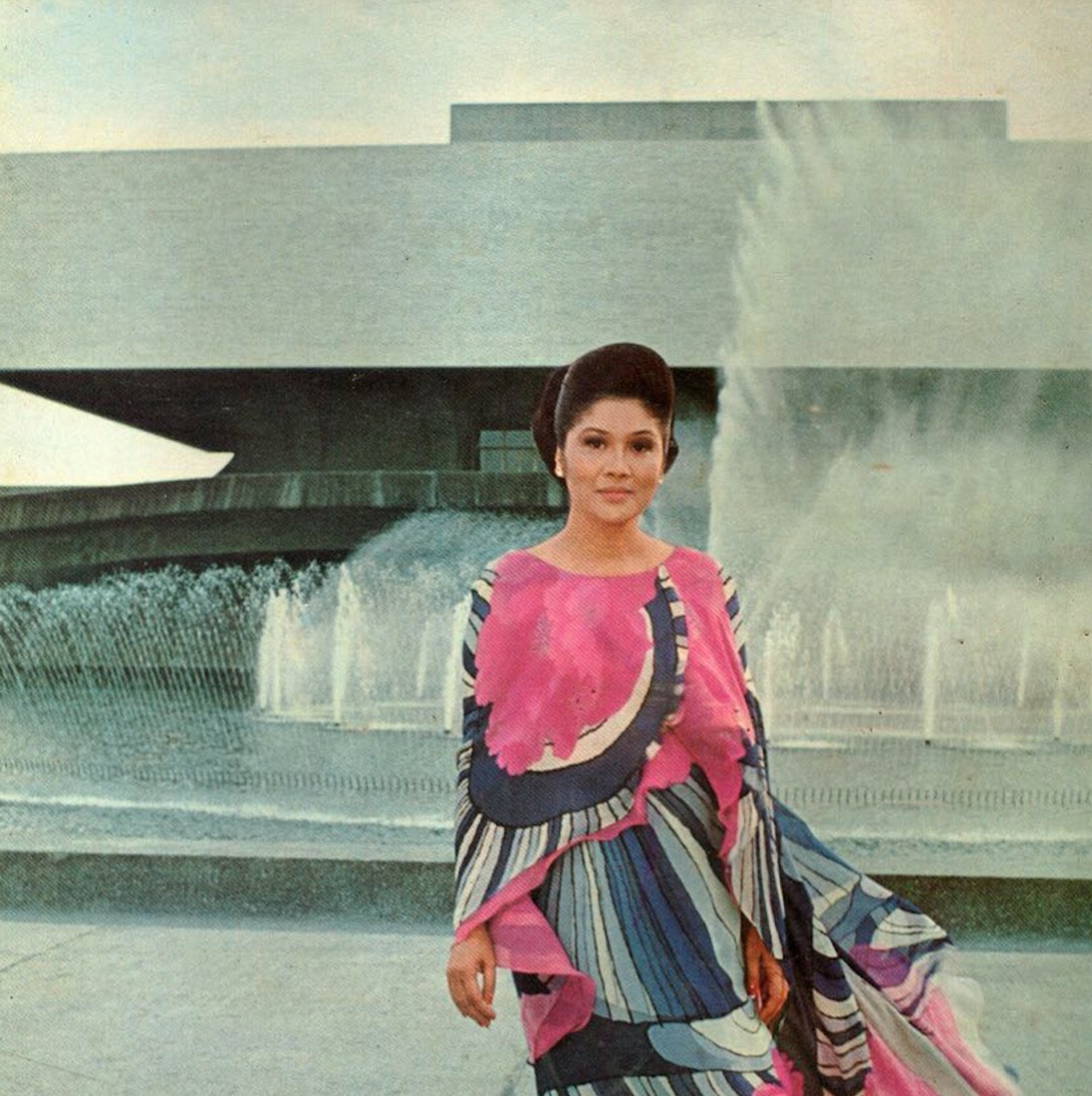




Intro
City of Screens is an audiovisual archive of film and video cultures in Metro Manila, Philippines.
Intro
City of Screens is an audiovisual archive of film and video cultures in Metro Manila, Philippines.
The interactive map charts film institutions, screening spaces, and film locations. It is an ongoing project that welcomes contributions. Contact information is below.
To those living outside of Asia, Manila might seem like an unusual site for studying cinema. While martial law era auteurs like Lino Brocka, Ishmael Bernal, and Mike de Leon garnered international acclaim in the 1970s and 1980s, more recent decades were dominated by quickly produced, commercial film and television, made for domestic and diasporic consumption. Though they’re not the focus here, these works are also a crucial part of Filipino screen culture, capturing the imagination of mass audiences and sometimes, acting as stars’ pathways to political office.

Overview 1
In the early years of the new millennium, the Philippine media environment began to change.
Overview 1
In the early years of the new millennium, the Philippine media environment began to change.
Overview 1.1
Overview 1.1
Informal DVD markets sprouted across the city streets, distributing films seldom seen on Philippine shores. Filmmakers began making low-cost, digital films outside the dominant, local studio system, works that made their mark in international festivals, while finding few screening venues at home. Exhibition and distribution sites that emerged were difficult to sustain in a sprawling megacity.

Overview 2
Organized around the space of the city, this platform collects audiovisual artifacts from the early years of Philippine cinema’s re-emergence, mapping these artifacts onto different sites in Manila.
Overview 2
Organized around the space of the city, this platform collects audiovisual artifacts from the early years of Philippine cinema’s re-emergence, mapping these artifacts onto different sites in Manila.
Overview 2.1
Overview 2.1
Sometimes, these are clips from films, linked to their shooting location, or to a place that’s relevant because of the clip’s content. Other times, these are institutional films made for particular cinema organizations, mapped onto that organization’s physical location. The map also includes a few clips from older films for historical context, as well as news segments that relate to significant spaces (museums, screening venues) or events (the Optical Media Board’s crackdown on pirated DVD vendors in the old city). A handful of the clips don’t directly relate to cinema. Rather, they record the changing cityscape through documenting urban megaprojects. These sprawling life-work-entertainment complexes are a part of the mass privatization of the city, which has a significant impact on local film exhibition.
City of Screens aims to provide an introductory window into particular aspects of Manila film culture: how local filmmakers have imagined the cityscape in their work; the complex relationship between the state, the private sector, and local film production; the transnational circulation of films via festivals; and the profound social stratification that scaffolds everyday life in the city. Importantly, the site isn’t exhaustive. Philippine film culture is vast, and City of Screens offers a partial view into a complex world.

About the Author
Jasmine Nadua Trice is an Assistant Professor of Cinema and Media Studies at the University of California, Los Angeles.
About the Author
Jasmine Nadua Trice is an Assistant Professor of Cinema and Media Studies at the University of California, Los Angeles.



